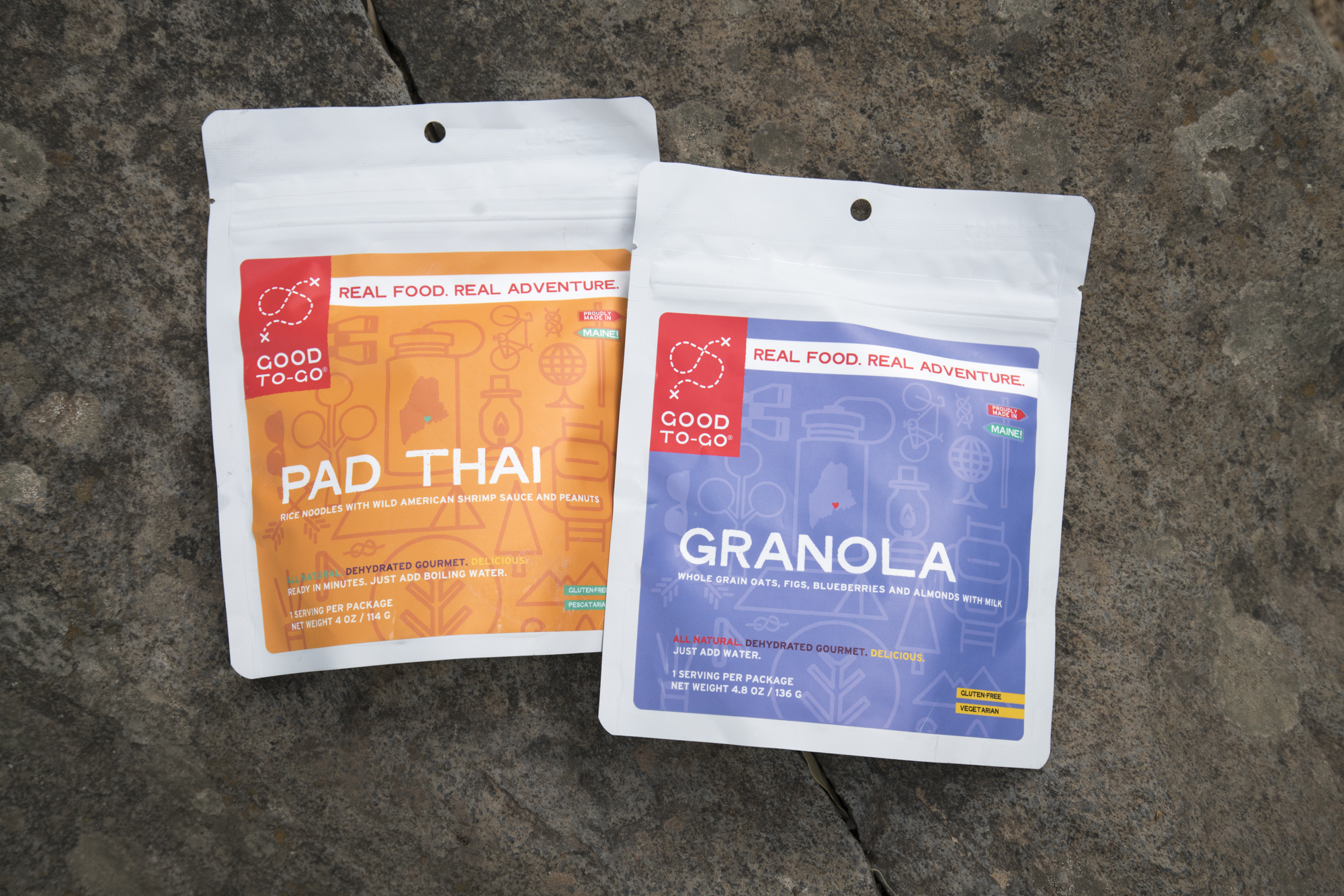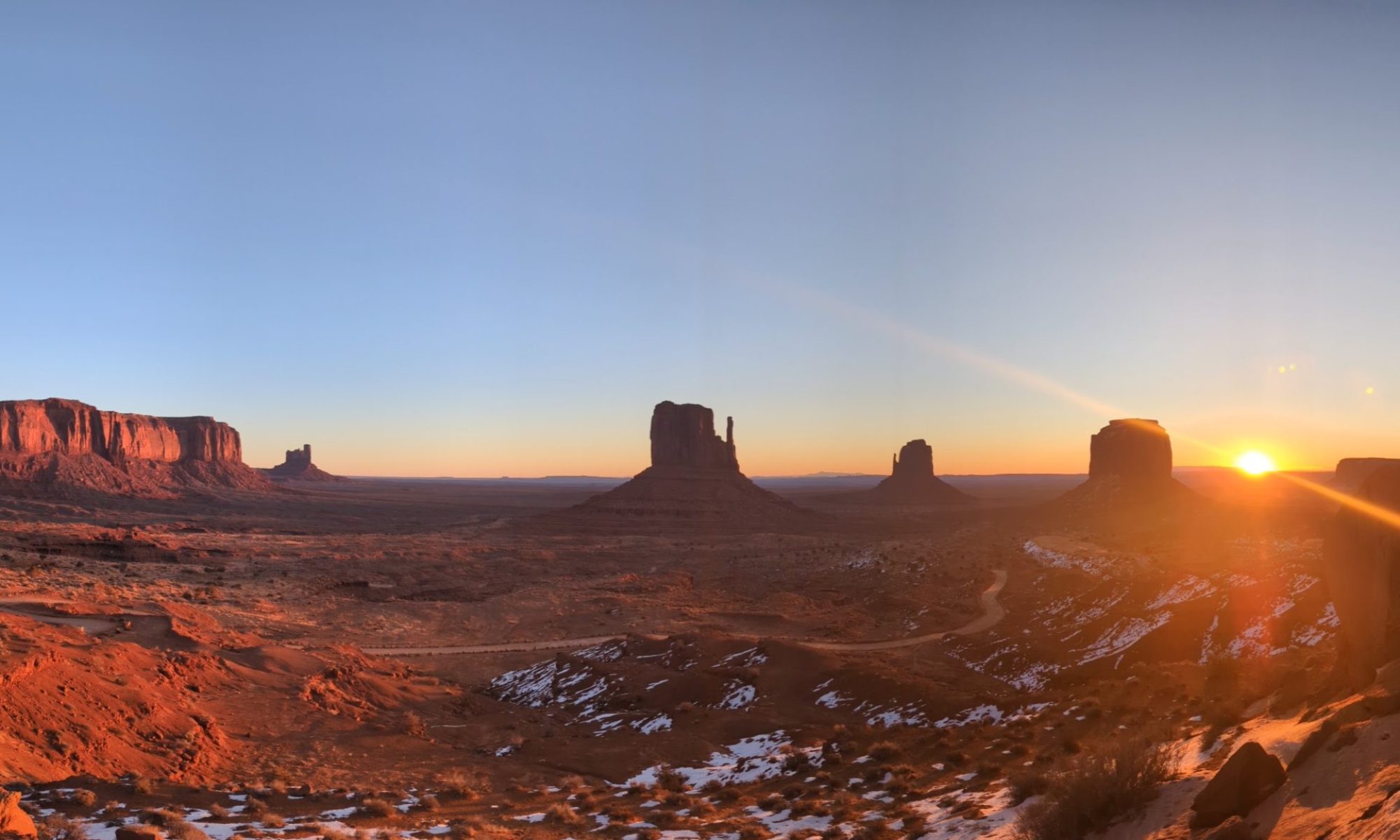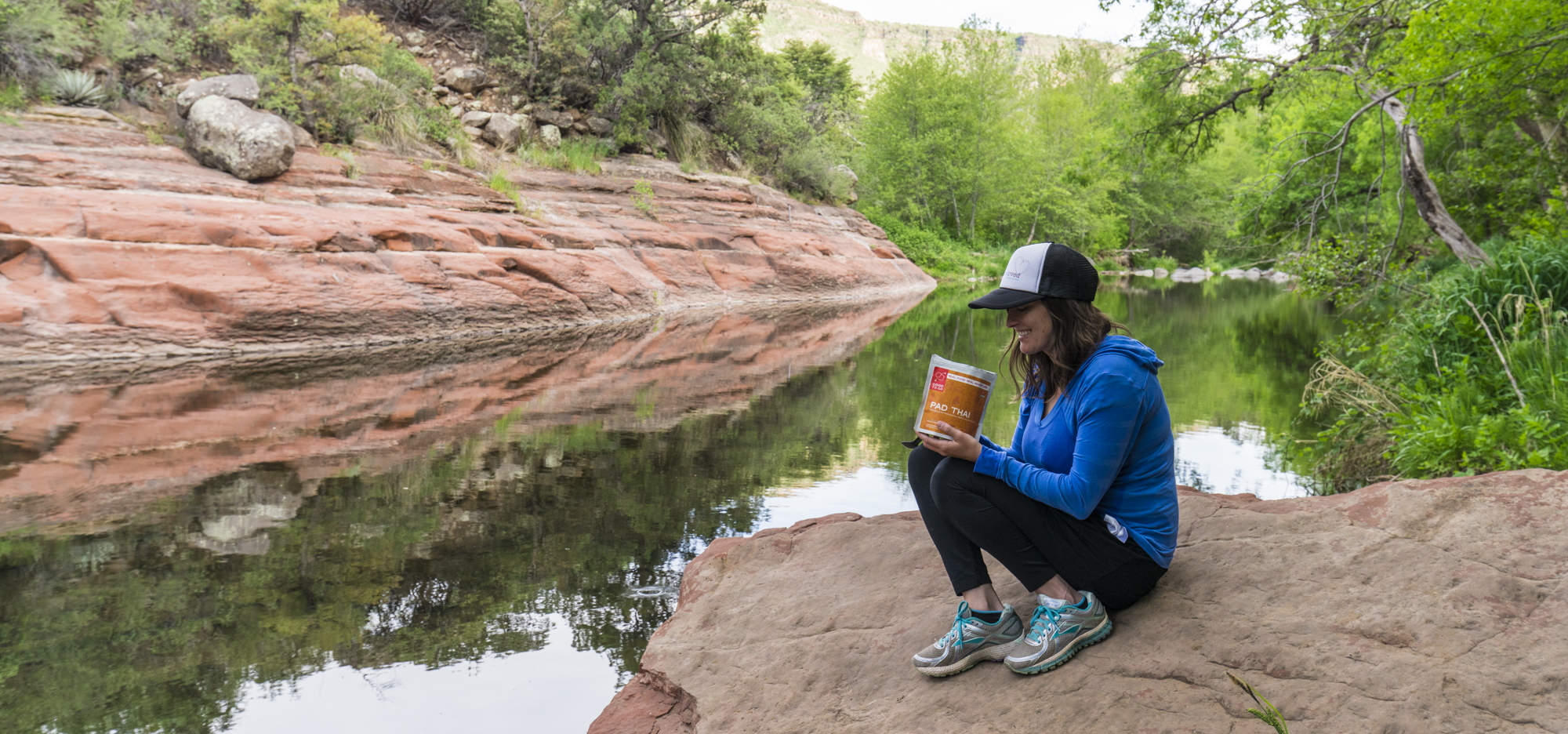“Oh wow! That looks like real food.” Adam exclaimed as I poured the contents of a package labeled Classic Marinara with Penne into a bowl. We both leaned in for a closer look. What we saw looked just like pasta and sauce you would eat at your dinner table—and it also smelled excellent. Spoons were quickly employed and seconds later we were staring at an empty bowl, contemplating what we had just eaten. It turns out the folks at Good To-Go weren’t kidding. Their dehydrated backcountry meals are awesome, and completely redefine what a meal in a bag can be.

If you’ve done any sort of backcountry adventuring, you’ve no doubt had an experience with freeze-dried food. Most folks tend to pack freeze-dried food on their backcountry outings because it’s light weight, easy to pack, and easy to cook. But if we’re being honest, we all know that freeze-dried food isn’t the most enjoyable culinary experience out there, which is why you’ll see folks crush a whole meal on day one and struggle to finish a third of a meal several days in. What gets me is the sodium overload that results from eating an entirely freeze-dried diet. Sure, you can pack other, bulkier, less durable, heavier foods, but that can quickly turn a fast and light trip in to an expedition loaded for bear. Planning your meals is an art and a science, because if you fall into a calorie and/or nutrient deficit on your adventure, your enjoyment of the adventure can really take a beating. Thankfully, Good To-Go has figured out how dehydrate backcountry meals that you’re actually going to look forward to eating every single meal of your trip, meals that will keep your belly full and your body well fueled.
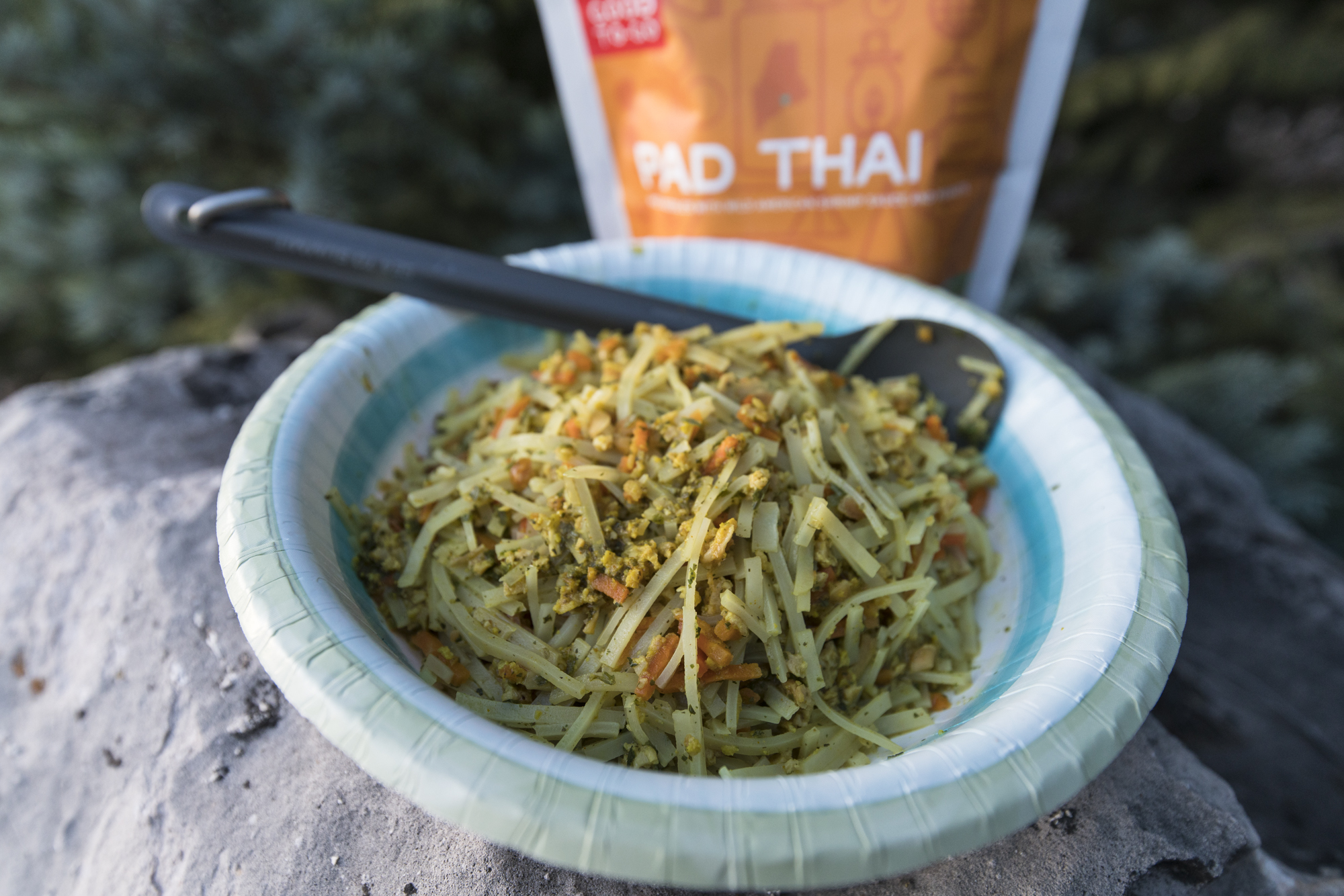
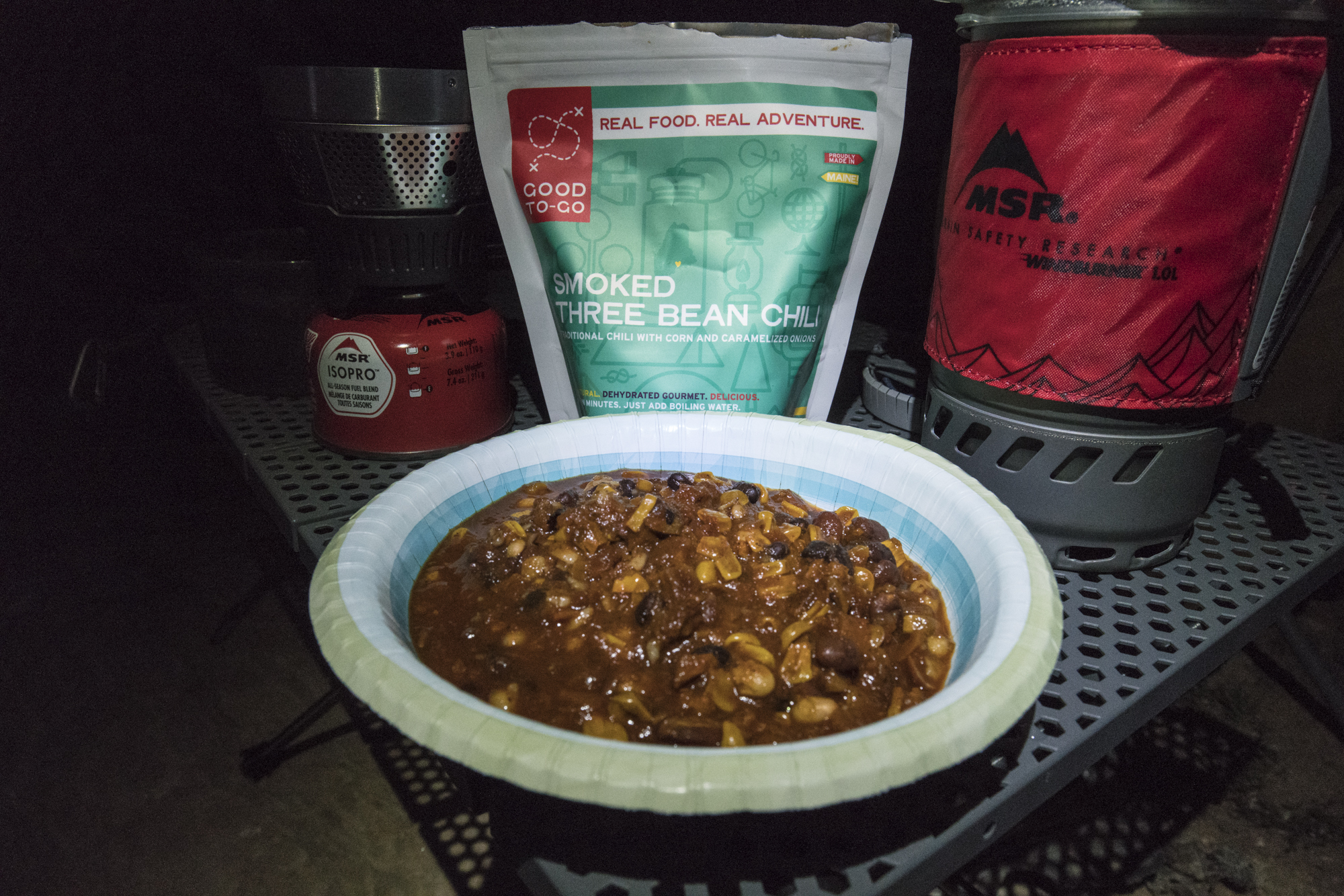
Good To-Go is dehydrating flavorful, chef-created meals, and that makes all the difference in the end product when compared to a freeze-dried meal. In other words, Good To-Go is recreating dishes from all over the world and packaging them in a way that the dishes’ original awesomeness is just minutes away from a reunion with some moisture. You’ll notice the difference the second you crack the seal on a Good To-Go package—your nose is hit with tempting aromas. When you’re done salivating over the smells, look in the package where you’ll find recognizable ingredients instead of assorted colors of cubed something. Heat up some water and pour it in. While you’re waiting for your meal to rehydrate, take a gander at the ingredients on the back of the package. Here you’ll find words you recognize and a nutrition label that adds up to better for you than other backcountry meal options. Try this: Pay attention to what’s in your first few bites. You’ll be blown away by the taste and texture. Each ingredient tastes like the real thing, and you won’t spend your time wondering what cubes you’re eating.



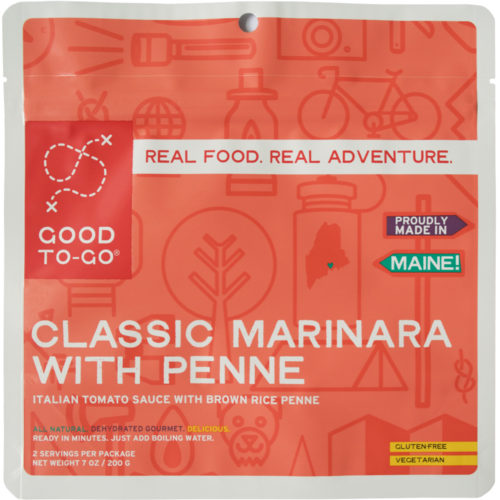


Dehydrated meals will take a longer to cook than freeze-dried meals, and if you’re in a cold or windy environment, you’ll need to take some extra steps while cooking or you’ll be eating a cold meal. Start with using water that is at a full boil. Give the meal a quick stir and then insulate the package in a hat or a pannier box, something that keeps it out of the wind and cold and you’ll be in good shape. Dehydration also doesn’t produce quite as light of a meal as freeze-drying, but this token weight penalty is more than worth it for far superior food. Once you’re waiting on the clock for your meal to cook, make sure you follow the part of the instructions that tell you to hang out and think about how big the universe is—enjoy where you are and that you are outside.
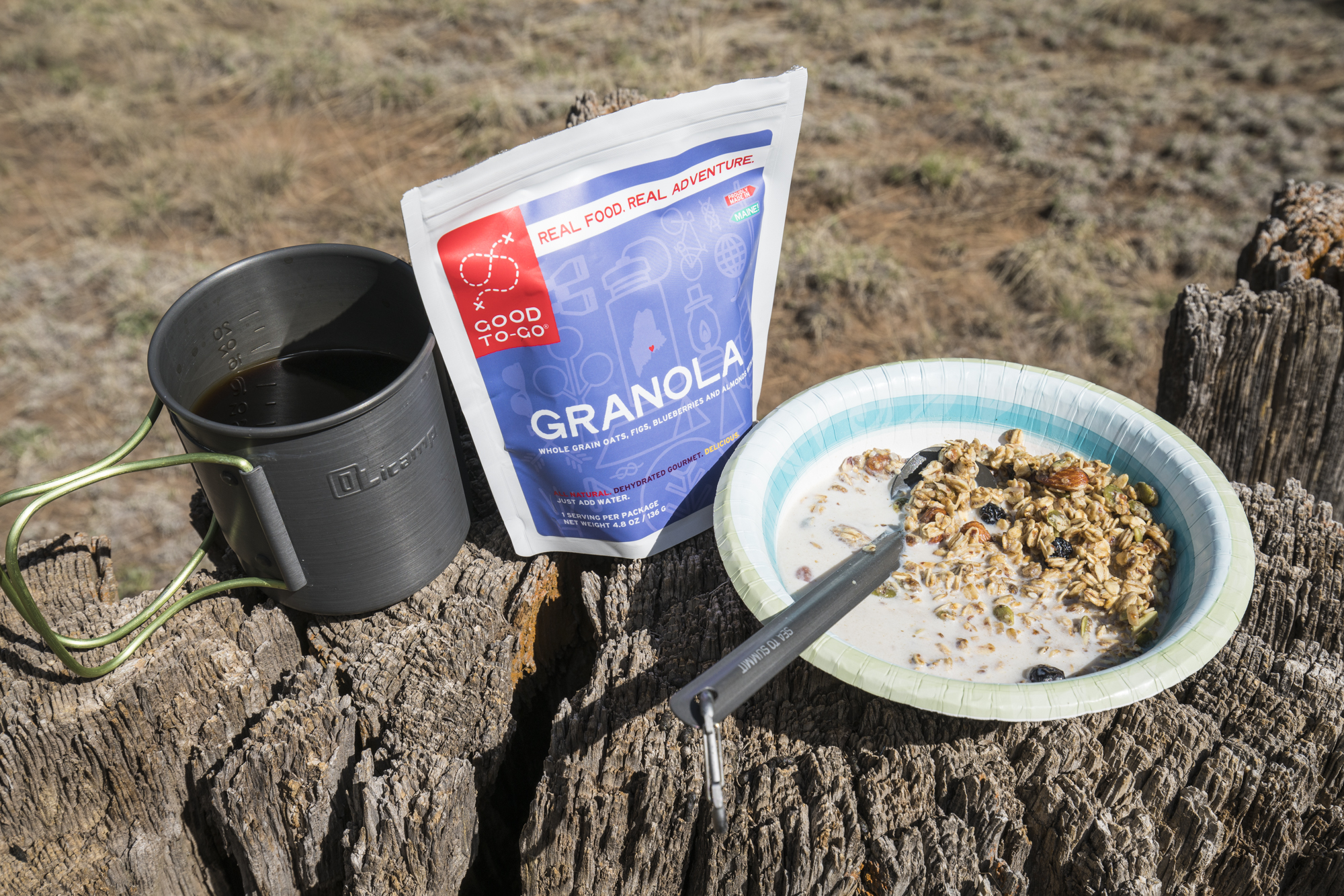
Good To-Go meals taste great, and the simple experience of eating food that has the texture and the other properties of real food is will completely reset your expectations of what backcountry food can be. All of the meals are made with natural ingredients that have real nutritional value, so you won’t be eating pounds of sodium and countless mystery cubes over the course of a multi-day trip. Better fuel for your body also translates into better performance on your adventure and keeps the group’s morale up. Take a second to insulate your meal to keep it piping hot, and then take a few minutes to take in where you are. Hopefully, you’re in an awesome spot outdoors and you’re about to eat a meal that you’re actually going to enjoy. Don’t be surprised if you find yourself reaching for a Good To-Go package when you need an easy meal at home—they’re that good.

